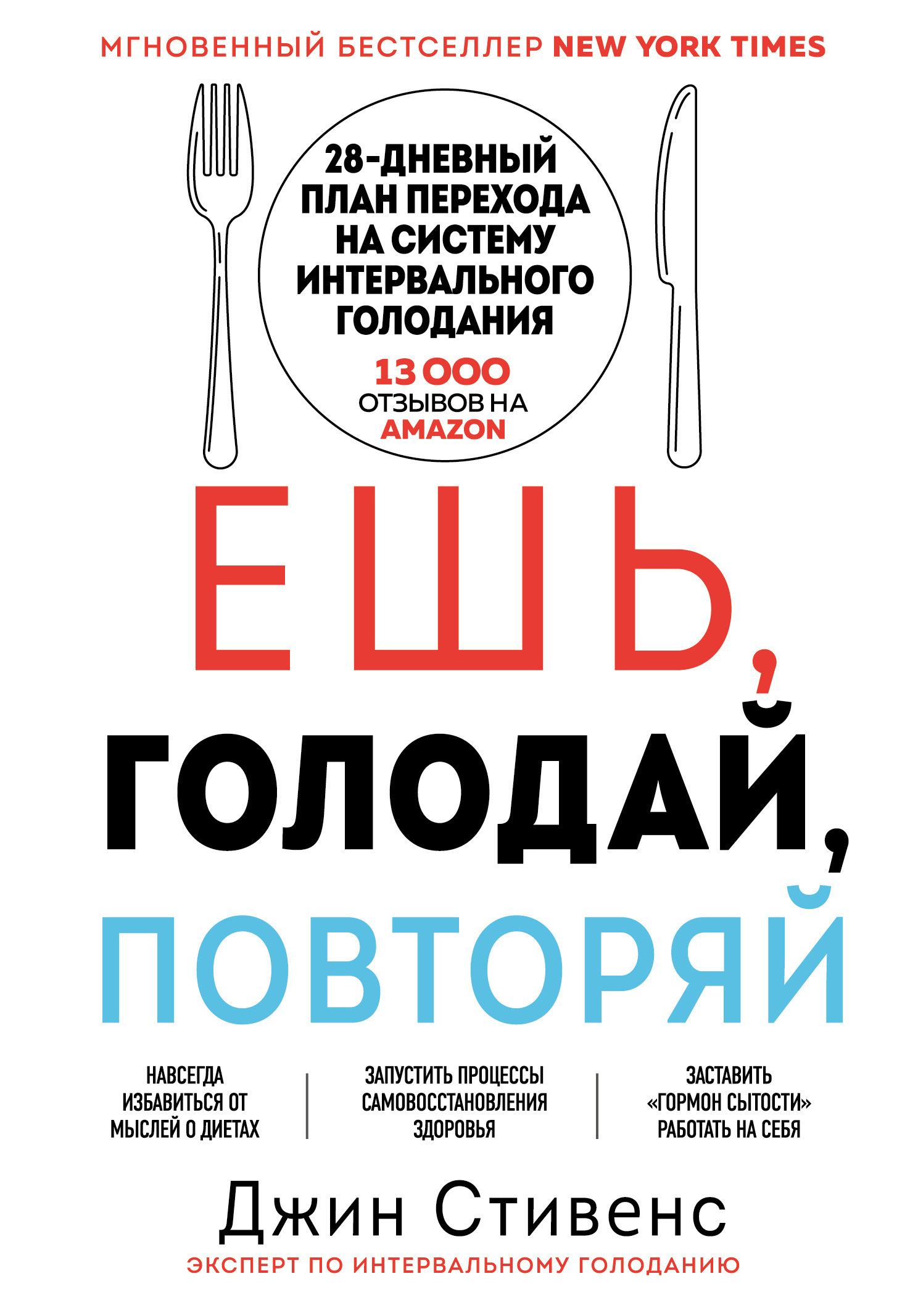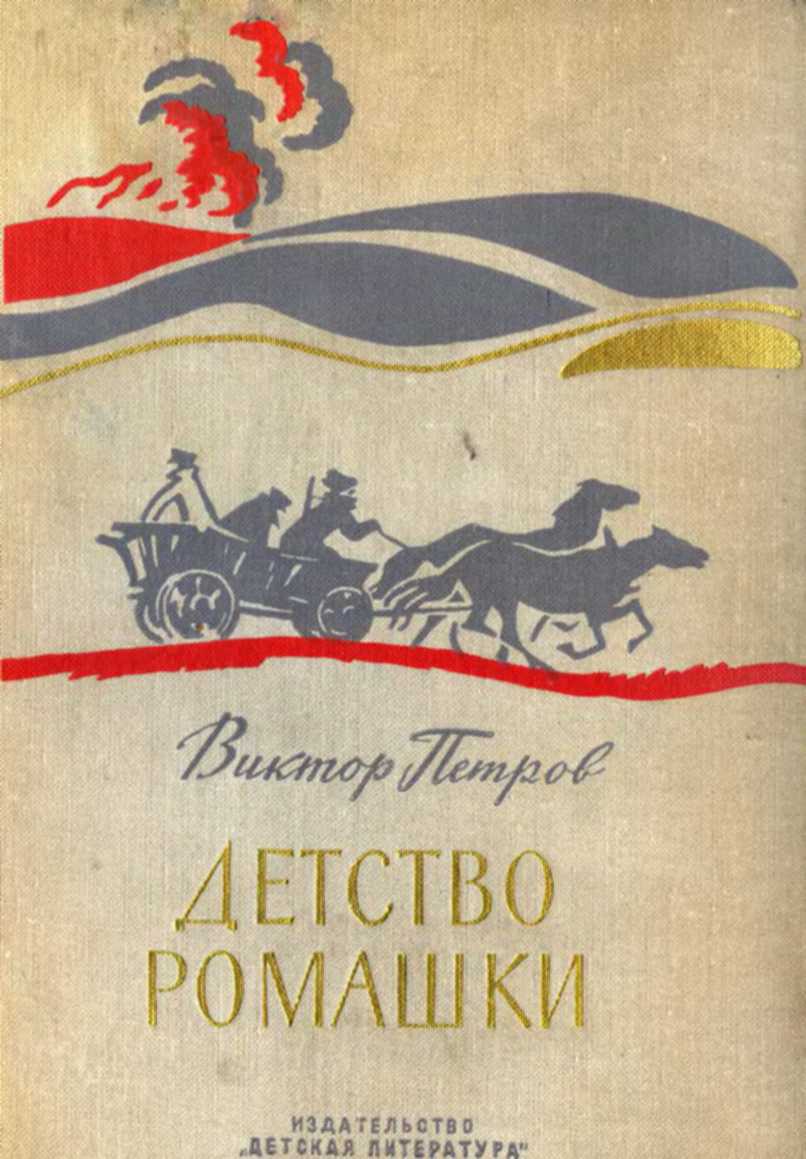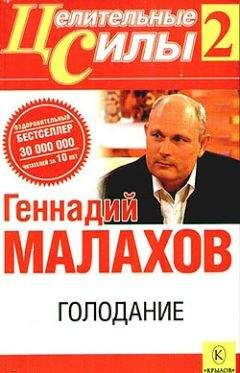and depression among ageing men. J Nutr Health Aging. 2013; 17(8):674–680. doi:10.1007/s12603-013-0344-9.
46. Ding H., Zheng S., Garcia-Ruiz D., et al. Fasting induces a subcutaneous-to-visceral fat switch mediated by microRNA-149-3p and suppression of PRDM16. Nat Commun. 2016; 7(1):11533. doi:10.1038/ncomms11533.
47. Anton, Moehl, Donahoo, et al. Flipping the metabolic switch.
48. Ding, Zheng, Garcia-Ruiz, et al. Fasting induces a subcutaneous-to-visceral fat switch.
49. Anton, Moehl, Donahoo, et al. Flipping the metabolic switch.
50. Mattson, Longo, Harvie. Impact of intermittent fasting.
51. Arnold J. W., Roach J., Azcarate-Peril M. A. Emerging technologies for gut microbiome research. Trends Microbiol. 2016; 24(11):887–901. doi:10.1016/j.tim.2016.06.008.
52. Malla M. A., Dubey A., Kumar A., Yadav S., Hashem A., Abd Allah E. F. Exploring the human microbiome: The potential future role of next-generation sequencing in disease diagnosis and treatment. Front Immunol. 2018; 9:2868. doi:10.3389/fimmu.2018.02868.
53. Castaner O., Goday A., Park Y.-M., et al. The gut microbiome profile in obesity: A systematic review. Int J Endocrinol. 2018; 2018:4095789. doi:10.1155/2018/4095789.
54. Alang N., Kelly C. R. Weight gain after fecal microbiota transplantation. Open Forum Infect Dis. 2015; 2(1):ofv004. doi:10.1093/ofid/ofv004.
55. Patterson, Sears. Metabolic effects of intermittent fasting.
56. Lee C., Raffaghello L., Brandhorst S., et al. Fasting cycles retard growth of tumors and sensitize a range of cancer cell types to chemotherapy. Sci Transl Med. 2012; 4(124):124ra27. doi:10.1126/scitranslmed.3003293.
57. Harvie M. N., Howell T. Could intermittent energy restriction and intermittent fasting reduce rates of cancer in obese, overweight, and normal-weight subjects? A summary of evidence. Adv Nutr. 2016; 7(4):690–705. doi:10.3945/an.115.011767.
58. Rabin-Court A., Rodrigues M. R., Zhang X.-M., Perry R. J. Obesity-associated, but not obesity-independent, tumors respond to insulin by increasing mitochondrial glucose oxidation. Tan M, ed. PLOS ONE. 2019; 14(6):e0218126. doi:10.1371/journal.pone.0218126.
59. Harvie, Howell. Could intermittent energy restriction and intermittent fasting.
60. Lee, Raffaghello, Brandhorst, et al. Fasting cycles retard growth.
61. Mattson, Longo, Harvie. Impact of intermittent fasting.
62. Descamps O., Riondel J., Ducros V., Roussel A.-M. Mitochondrial production of reactive oxygen species and incidence of age-associated lymphoma in OF1 mice: Effect of alternate-day fasting. Mech Ageing Dev. 2005; 126(11):1185–1191. doi:10.1016/J.MAD.2005.06.007.
63. Kirkin V. History of the selective autophagy research: How did it begin and where does it stand today? J Mol Biol. May 2019. doi:10.1016/J.JMB.2019.05.010.
64. Upcycling. https://en.wikipedia.org/wiki/Upcycling. Accessed July 6, 2019.
65. Rabinowitz J. D., White E. Autophagy and metabolism. Science. 2010; 330(6009): 1344–1348. doi:10.1126/science.1193497.
66. Fung J. How Much Protein Is Excessive? Intensive Dietary Management (IDM). https://idmprogram.com/how-much-protein-is-excessive/. Accessed July 6, 2019.
67. Dunlop E. A., Tee AR. mTOR and autophagy: A dynamic relationship governed by nutrients and energy. Semin Cell Dev Biol. 2014; 36:121–129. doi:10.1016/J. SEMCDB.2014.08.006.
68. Rabinowitz, White. Autophagy and metabolism.
69. Takagi A., Kume S., Maegawa H., Uzu T. Emerging role of mammalian autophagy in ketogenesis to overcome starvation. Autophagy. 2016; 12(4):709–710. doi:10.1080/15548627. 2016.1151597.
70. McCarty M. F., DiNicolantonio J. J., O’Keefe J. H. Ketosis may promote brain macroautophagy by activating Sirt1 and hypoxia-inducible factor-1. Med Hypotheses. 2015; 85(5):631–639. doi:10.1016/J.MEHY.2015.08.002.
71. Mizushima N., Yamamoto A., Matsui M., Yoshimori T., Ohsumi Y. In vivo analysis of autophagy in response to nutrient starvation using transgenic mice expressing a fluorescent autophagosome marker. Mol Biol Cell. 2004; 15(3):1101. doi:10.1091/MBC.E03-09-0704
3. Голодание – это источник вечной молодости?
1. Teruya T., Chaleckis R., Takada J., Yanagida M., Kondoh H. Diverse metabolic reactions activated during 58-hr fasting are revealed by non-targeted metabolomic analysis of human blood. Sci Rep. 2019; 9(1):854. doi:10.1038/s41598-018-36674-9.
2. Canani R. B., Costanzo M. Di, Leone L., Pedata M., Meli R., Calignano A. Potential beneficial effects of butyrate in intestinal and extraintestinal diseases. World J Gastroenterol. 2011; 17(12):1519–1528. doi:10.3748/wjg.v17.i12.1519.
3. Lee J., Giordano S., Zhang J. Autophagy, mitochondria and oxidative stress: Cross-talk and redox signalling. Biochem J. 2012; 441(2):523–540. doi:10.1042/BJ20111451.
4. Wang C., Youle R. J. The role of mitochondria in apoptosis. Annu Rev Genet. 2009; 43:95–118. doi:10.1146/annurev-genet-102108-134850.
5. Kaur J., Debnath J. Autophagy at the crossroads of catabolism and anabolism. Nat Rev Mol Cell Biol. 2015; 16(8):461–472. doi:10.1038/nrm4024.
6. Feldscher K. Intermittent Fasting May Be Center Of Increasing Lifespan—Harvard Gazette. Harvard Gazette. https://news.harvard.edu/gazette/story/2017/11/intermittent-fasting-may-be-center-of-increasing-lifespan/. Accessed July 5, 2019.
7. Han Y.-M., Bedarida T., Ding Y., et al. β-hydroxybutyrate prevents vascular senescence through hnRNP A1-mediated upregulation of Oct4. Mol Cell. 2018; 71(6):1064–1078.e5. doi:10.1016/j.molcel.2018.07.036.
8. Mihaylova M. M., Cheng C.-W., Cao A.Q., et al. Fasting activates fatty acid oxidation to enhance intestinal stem cell function during homeostasis and aging. Cell Stem Cell. 2018; 22(5):769–778.e4. doi:10.1016/j.stem.2018.04.001.
9. Anton S. D., Moehl K., Donahoo W. T., et al. Flipping the metabolic switch: Understanding and applying the health benefits of fasting. Obesity (Silver Spring). 2018; 26(2):254–268. doi:10.1002/oby.22065.
10. Mitchell S. J., Bernier M., Mattison J. A., et al. Daily fasting improves health and survival in male mice independent of diet composition and calories. Cell Metab. 2019; 29(1):221–228.e3. doi:10.1016/j.cmet.2018.08.011.
4. Чистое голодание творит чудеса! Как это работает?
1. Satoh-Kuriwada S., Shoji N., Miyake H., Watanabe C., Sasano T. Effects and mechanisms of tastants on the gustatory-salivary reflex in human minor salivary glands. Biomed Res Int. 2018; 2018:1–12. doi:10.1155/2018/3847075.
2. Tonosaki K., Hori Y., Shimizu Y., Tonosaki K. Relationships between insulin release and taste. Biomed Res. 2007; 28(2):79–83.
3. Just T., Pau H. W., Engel U., Hummel T. Cephalic phase insulin release in healthy humans After taste stimulation? Appetite. 2008; 51(3):622–627. doi:10.1016/j.appet.2008.04.271.
4. Dhillon J., Lee J. Y., Mattes R. D. The cephalic phase insulin response to nutritive and low-calorie sweeteners in solid and beverage form. Physiol Behav. 2017; 181:100–109. doi:10.1016/J.PHYSBEH.2017.09.009.
5. Teff K. L., Mattes R. D., Engelman K., Mattern J. Cephalic-phase insulin in obese and normal-weight men: Relation to postprandial insulin. Metabolism. 1993; 42(12):1600–1608. doi:10.1016/0026-0495(93)90157-J.
6. Tonosaki, Hori, Shimizu, Tonosaki. Relationships between insulin release and taste.
7. Glynn E. L., Fry C. S., Drummond M. J., et al. Excess leucine intake enhances muscle anabolic signaling but not net protein anabolism in young men and women. J Nutr. 2010; 140(11):1970–1976. doi:10.3945/jn.110.127647.
5. Соблюдаем чистоту! Основные принципы чистого голодания
1. Tonosaki K., Hori Y., Shimizu Y., Tonosaki K. Relationships between insulin release and taste. Biomed Res. 2007; 28(2):79–83.
2. Pietrocola F., Malik S. A., Mariño G., et al. Coffee induces autophagy in vivo. Cell Cycle. 2014; 13(12):1987–1994. doi:10.4161/cc.28929.
3. Ryu S., Choi S. K., Joung S. S., et al. Caffeine as a lipolytic food component increases endurance performance in rats and athletes. J Nutr Sci Vitaminol (Tokyo). 2001; 47(2):139–146.
4. Martin J. V., Nolan B., Wagner G. C., Fisher H. Effects of dietary caffeine and alcohol on liver carbohydrate and fat metabolism in rats. Med Sci Monit. 2004; 10(12):BR455–461.
5. Xie X., Yi W., Zhang P., et al. Green tea polyphenols, mimicking the effects of dietary restriction, ameliorate high-fat diet-induced kidney injury via regulating autophagy flux.





